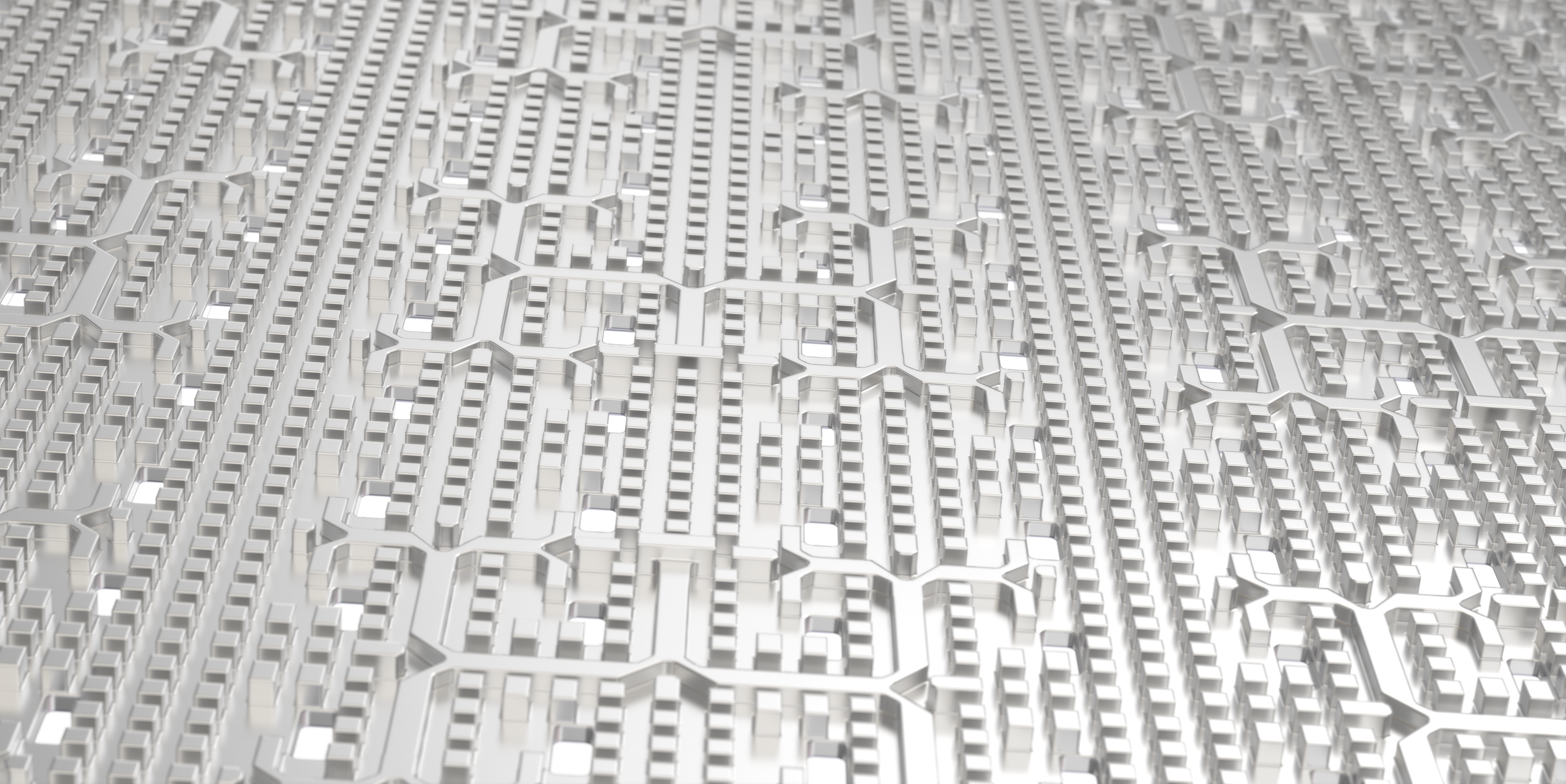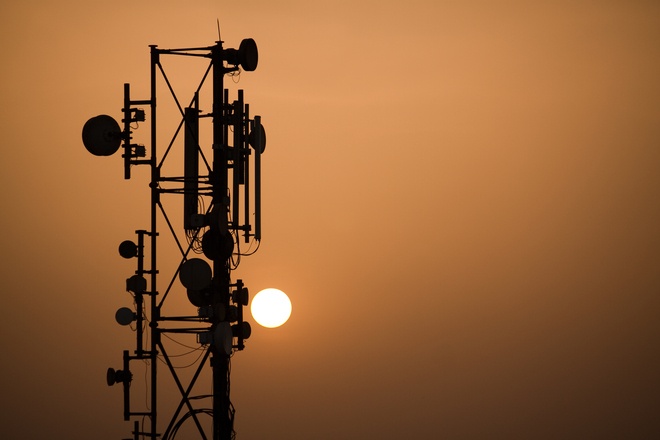Gapwaves unique waveguide is built up of two parts: a structured metal surface and a flat metal surface being placed in close proximity to one another. The structured surface is characterized by pins forming a barrier preventing the electromagnetic waves from propagating in undesired directions, resulting in signal losses as low as for rectangular waveguides.
Waveguides act as electrical transmission lines and are the fundamental building block for constructing any microwave circuit or component. Two classes of waveguides are normally used: Rectangular waveguides, where the wave propagates in a metallic tube filled with air, and Microstrip waveguides, where the wave propagation occurs within the substrate between metal traces and a ground plane.
Radio links are traditionally required to be manually directed towards each other in order to communicate, which limits data to be transferred between two specific nodes only, creating a so-called “Point-to-Point” communication. Steerable antennas, on the other hand, enable radio links to be automatically aligned towards each other, resulting in an increased ease-of-use and enabling “Point-to-Multi-Point” communication and development of “mesh networks”. Steerable antennas also enable a directed connection to individual users, which increases the data transfer rate from mobile devices to base stations. Steerable antennas are expected to be a key component in the development of 5G.
Consumer use of mobile data is growing exponentially, and is expected to increase by 10 times during the next five years. This rapid increase of data use and connected units is challenging the world’s mobile data networks to their limits. Technologies used for 2G, 3G, 4G will not be enough. To increase the data capacity further, the network providers will need to increase the number of base stations and increase the operating frequency.
An automotive radar is used to locate objects in the vicinity of the car and consists of a transmitter and a receiver. The transmitter sends out radio waves that hit an object and bounce back to the receiver. One of today’s major challenges is to develop steerable antennas for radars with high enough performance at a reasonable cost.






